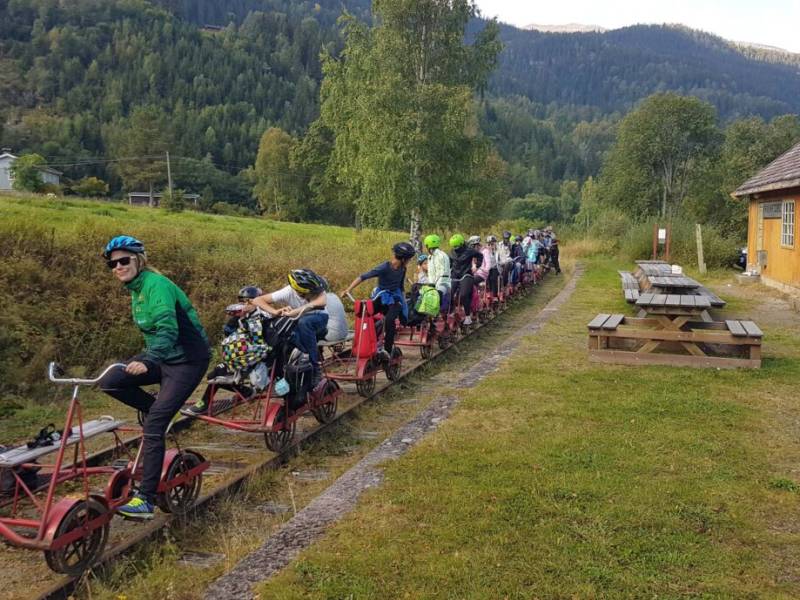Points of interest
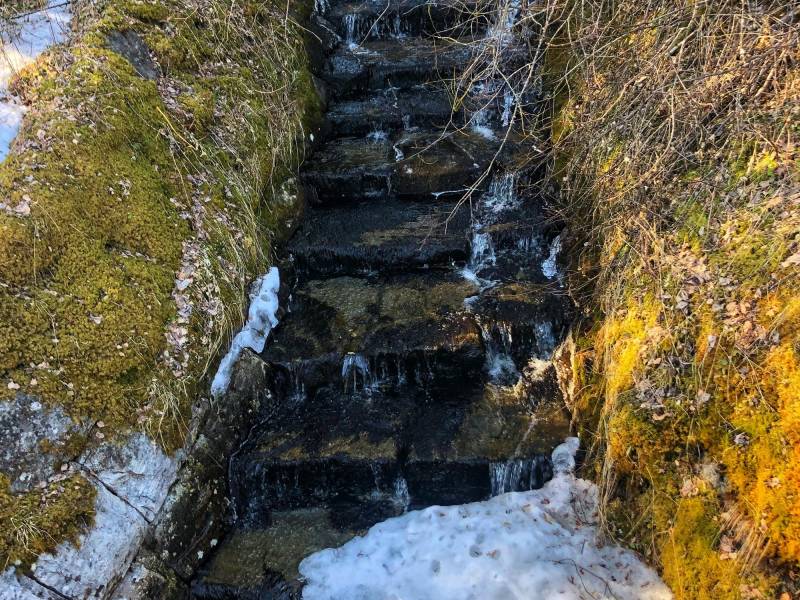

#1
The stream at Skagsoset
You have now arrived at a rather special stream here at Skagsoset, which has steps under the water, you can see the steps when the stream runs dry. The steps were carved by skilled stonemasons. Stray water run off can damage the railway line, therefore the steps are designed to stop the water washing stone and earth away from under the rails, leaving them suspended in mid-air. There are also walls on both sides to ensure that the river does not become wider. The bridge that the railway crosses to go over the stream is made of steel H Beams. On top of the beams are bridge piers that the rails are attached to. Travellers on the Dresin often stop to take pictures here.



#2
Kravikfjord Station
You are now close to Kravikfjord station. The station was built and opened at the same time as the railway in 1927. The station building is made up of two construction barracks that housed the workers who built the Numedal line. The building has three rooms: a waiting room, an office and a storeroom. At Kravikfjord there was a siding that was used to load goods wagons with timber and firewood. The siding was used extensively during the second world war when wood was used instead of coal to power the steam locomotives. Right next to the station is a farm called Sunde. The railway foreman and his wife lived here. She had the job of receiving the freight wagons at the siding and sending the loaded wagons onwards with the freight train. In addition, she dealt with the forwarding of goods and mail. Right up until 1942 it was possible to send and receive post at Kravikfjord. On the side of the trains were slots where you could post letters, the letters were then sorted on the train. The post sacks were delivered by the train to the nearest station to where the letter was addressed. Kravikfjord was not actually a station in the ‘Norwegian railway’ sense of the word, but a stopping place and siding until its closure in 1988.
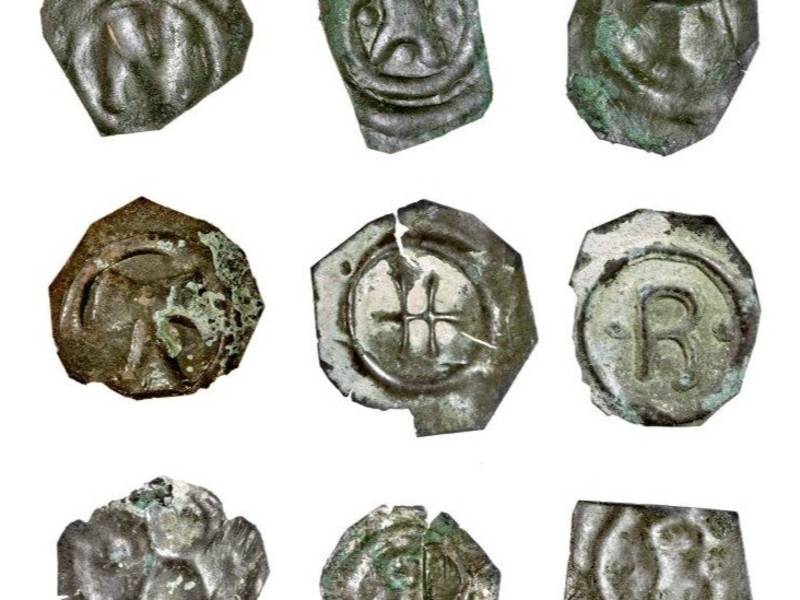

#3
The Troppen Treasure
Right up here in the valley lies Troppen Farm. In 1917 the Troppen treasure was discovered by Peder Troppen’s sons Knut and Per. Whilst working on digging out a birch root, they discovered a canvas bag tied with a leather strip which contained coins. Of the coins that were found Peder Troppen sold around 50 coins for 10 to 15 kroner per coin. The coins only had a marking on one side and were therefore bracteates. Some of the bracteates were in very bad condition. But it was assumed with considerable certainty that the coins were made of silver, with a high copper content. Of the 454 coins that were found around 400 of them could be deciphered. It is assumed that they are all the same type of coin. The coins were embossed with amongst other things, birds, different types of crosses, patriarchal crosses and different letters. How do you think the bracteates ended up at Troppen Farm? Many local historians have pondered this question. It is thought that the coins have been in the ground since 1270. And there are two theories as to how they got there. Either that the bag with the coins was hidden in the ground, or that it was lost by a traveller on their journey over Normannsslepa.
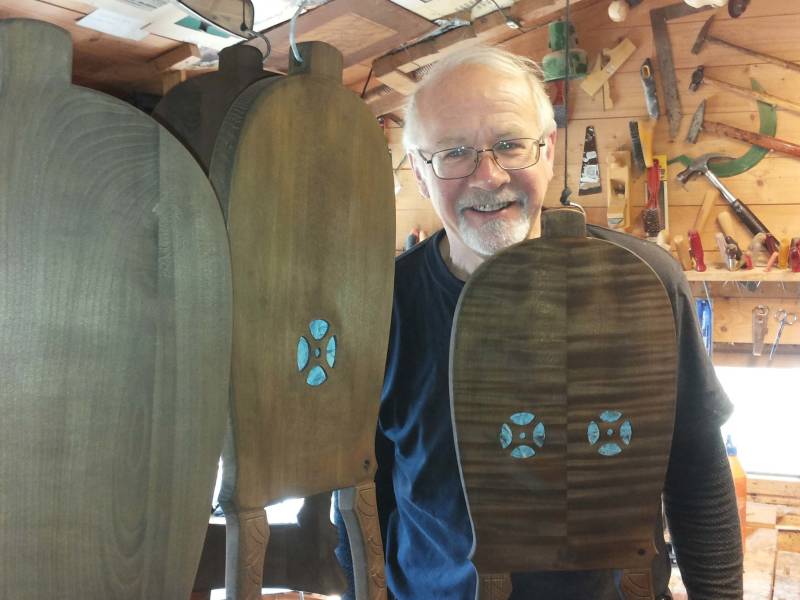

#4
Folk Music
The Kravik lyre is a famous old lyre from Kravik. The Lyre is an instrument which originates from Mesopotamia and is over 5000 years old. In the years between 400-500 the lyre was a very popular instrument in Europe, right up until the 1100-1200s. The Kravik lyre was rediscovered in 1848. At first it was thought that it dated from the 1200-1300s, but then radioactive carbon was discovered in the woodwork. Which could tell us how old the wood was. After this discovery it turned out that the Lyre was actually from the 17th century. The Lyre went from being the oldest stringed instrument in Norway to being the youngest Lyre in Europe. Torsten Odden from Nore, was one of the players in what has been discovered to be Norway’s oldest Hardanger fiddle recording. It was recorded on wax cylinder in 1902 and the recording is on UNESCO’s document heritage list. A local historian recounted that in 1905 there was a dance at a barn in Kravik Fjord. There was so many people there that the floor collapsed. Everyone fell down and the fiddle player’s fiddle was crushed. Afterwards, there was a collection towards a new fiddle, and this tells us a little of how important the fiddler and music were to the community.





#5
Nore Stave Church
Welcome to Nore Stave church. This little stave church next to the Nore Fjord holds a special position in Norwegian Architectural History. It was built around 1167 and originally had galleries, a chancel and cross naves. Whilst excavating the floor under the Stave Church a number of graves that were older than the Church were found. This indicates that there was also a church here in the past. Nore Stave Church is one of few that had cross naves prior to the reformation in 1537. The arms of the cross are small, not suitable for seating, but there is place for a small altar. The church building stood untouched for more or less 400 years. In 1683 the chancel was demolished and a new chancel built in staves erected. For this old wooden planks from an apse in the chancel were used, they can clearly be seen by their curved shape. The planks were reshuffled so that the renaissance inspired decoration is no longer completely coherent. Inside, the church is elaborately decorated. The paintings on the walls in the arms of the nave probably date from 1731 and are painted as large wooden medallions with text and pictures taken from a book printed in Copenhagen in 1710. The Church has never been subjected to attempts of reconstruction or vigorous restauration and has therefore preserved its historical period. There are three different runic phrases carved into the church. The most famous rune was deciphered to mean “Treat us well”. Later, it was believed that it meant “Love me, I love you”. It is estimated that there could be between 5000 to 7000 people buried here. The Church was in use for several hundred years until the new Nore Church was built in 1880. Even though the Church has required extensive renovation, it has never been demolished and is now owned by the Society for the preservation of ancient Norwegian monuments. If you would like to explore the church, it is open to visitors from June to August.
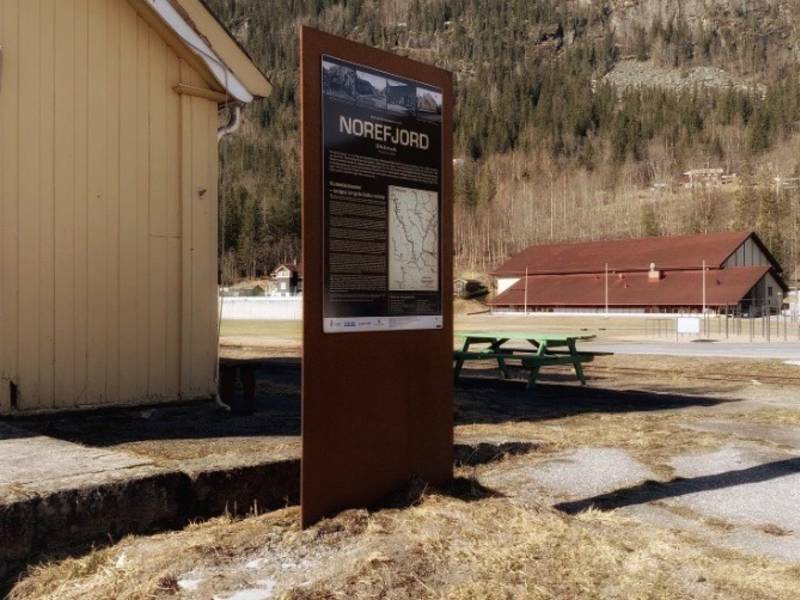

#6
Norefjord Station
You are now approaching Norefjord Station. It is one of the disused stations along the Numedal line which is owned by bane Nor. It was designed by Paul Franz Wilhelm Armin Due, and building commenced in 1925. The station was finished in 1927 and was put into use in November of that year. In the southern part of the station, you can find the waiting room. In the middle room was the dispatcher, who oversaw the administration of Norefjord station. Here train tickets, travellers, goods, and wagons were taken care of. The northern part of the station was a storeroom. There was no food and drink for sale at Norefjord station. But after a while a small settlement sprung up around the station with shops, a café, school and a bank. The station was in use right up until the trains stopped running in 1988.
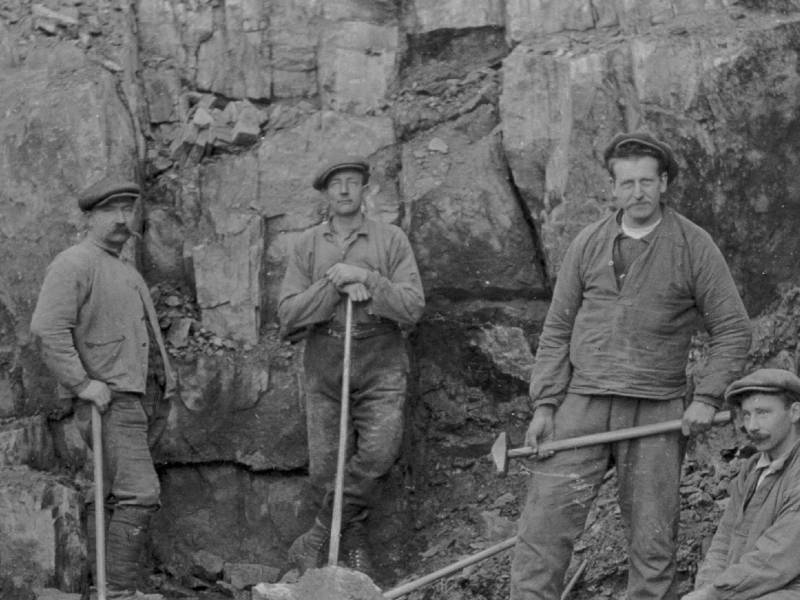


#7
The Svendsrud Bridge
You are now approaching Svendsrud bridge, which was built in 1924. South of this bridge you can see the Svendsrud stop. There are in total 13 bridges along the Numedal line, Svendsrud bridge being one of them. The bridge is located 180kms away from Oslo Central station. It is also an impressive building, built from stone. The bridge was originally built so that it was easier for people living in Åsbøgrend to get further down the valley, not least to the train stop. When the Numedal Line was opened the pupils of Åsbøgrend School (which lies a little further south of the bridge) got the day off. They stood on the bridge and waved to the King and Crown Prince as they passed by on the train. Many call the bridge the ‘wedding ring’ because it is popular for couples to take their wedding pictures here. The ‘wedding ring’ however is actually a tunnel which lies a little further north of the Svendsrud Bridge.

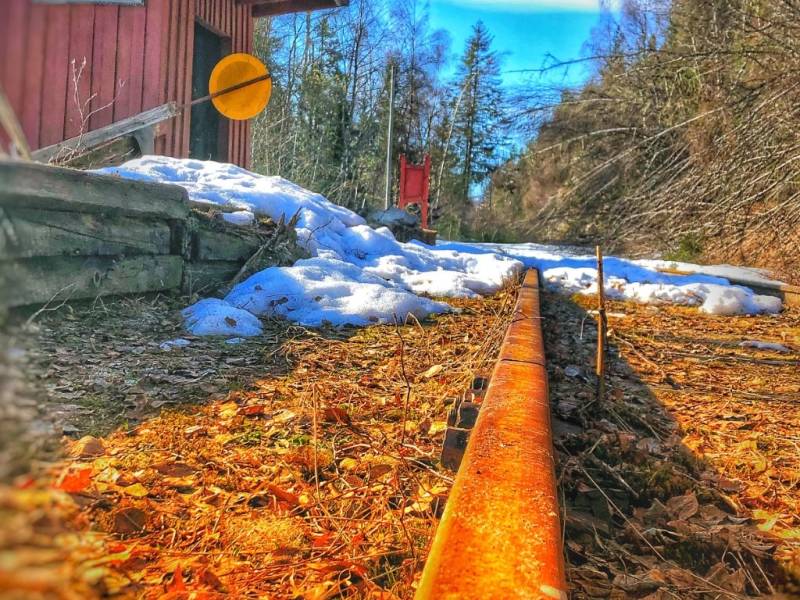
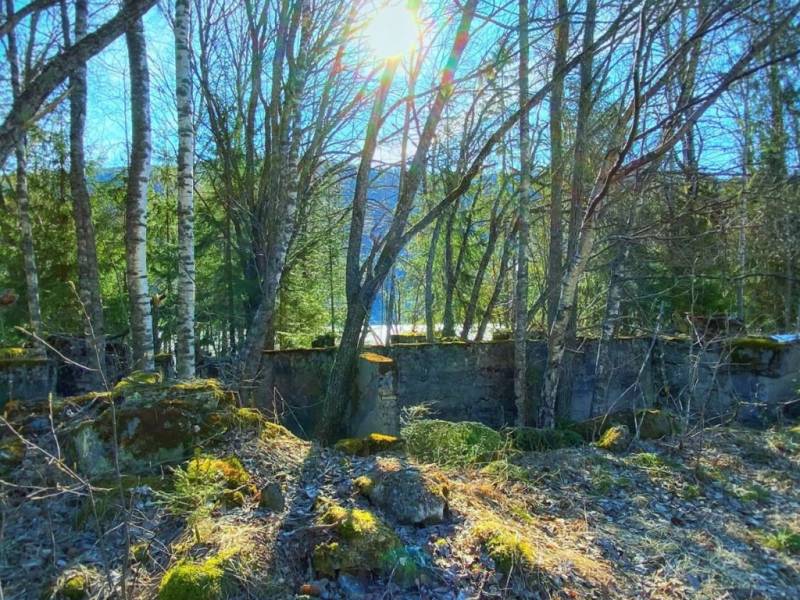
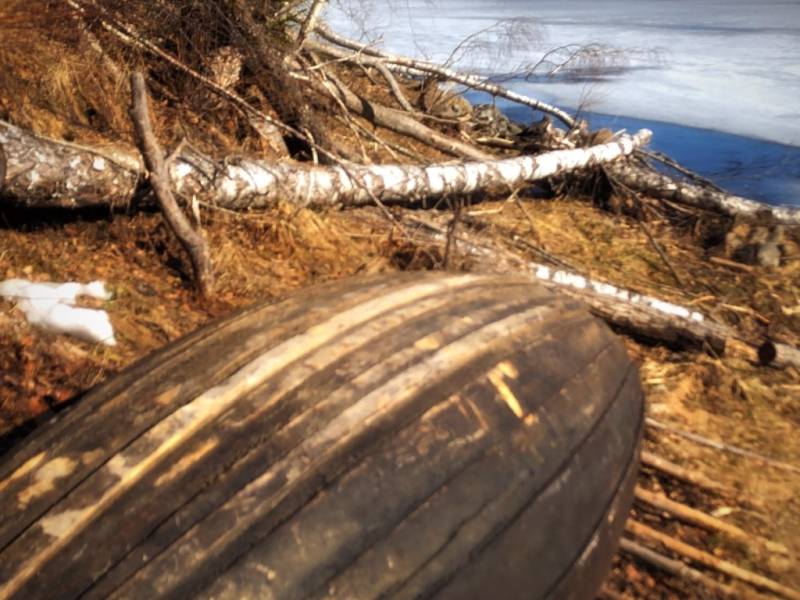
#8
Midstigen
You are now approaching the Midstigen stop. This stop was officially opened in 1929. On the northern side of the stop there is a split, where the track divided. The siding ended at the stop, where amongst other things they loaded timber. You can also see a foundation wall a little further north of the stop. A guard house stood on this foundation during the second world war. During the last two years of the war, this guard house was shelled by planes. It is still not known who fired the shots. The people who lived in the guard house worked mainly clearing snow off the railway line and removing icicles from the tunnel so that they didn’t hit the train. Passengers who needed to get across the fjord had to take a boat ride to shop here or catch the train. Whereas, those who lived in Åsbøgrend west of the stop, only needed to walk straight down the hill to catch the train.


#9
The Gvammen fish hatchery
You will soon be passing a fish hatchery. It was constructed in 2006. It was the Numedal-Laugen bridge owners association who built and own the facility, with help from a grant from Nore and Uvdal municipality. The Numedal-Laugen bridge owners association have responsibility for utilising the water resources in the lake for the good of the community. Through power production they regulate the water level in Numedalslågen and are also therefore required by the authorities to ensure the release of fish into the watercourse. The reason that this facility was built was that a law was passed that required that the fish hatchery needed to be in the waterway where the fish were to be released, in order to prevent disease from spreading. The roe that comes here to the facility in Gvammen, comes from trout stocks in Halnefjord on the Hardanger plateau and Tunhovd fjord. They are called brood fish. After around 18 months, the fish are released again in different locations, but all with Numedalslågen as their catchment area. You can recognise that the fish has come from the hatchery as the adipose fin is clipped off. As the municipality contributed to the facility, the facility can also deliver fish to privately owned fishing ponds in the Numedalslågen catchment area. The hatchery can breed an incredible 50 000 fish every year. The majority are released in Numedalslågen and it is an important player in strengthening the local fish stocks in the lake, which is Norway’s fourth longest river.
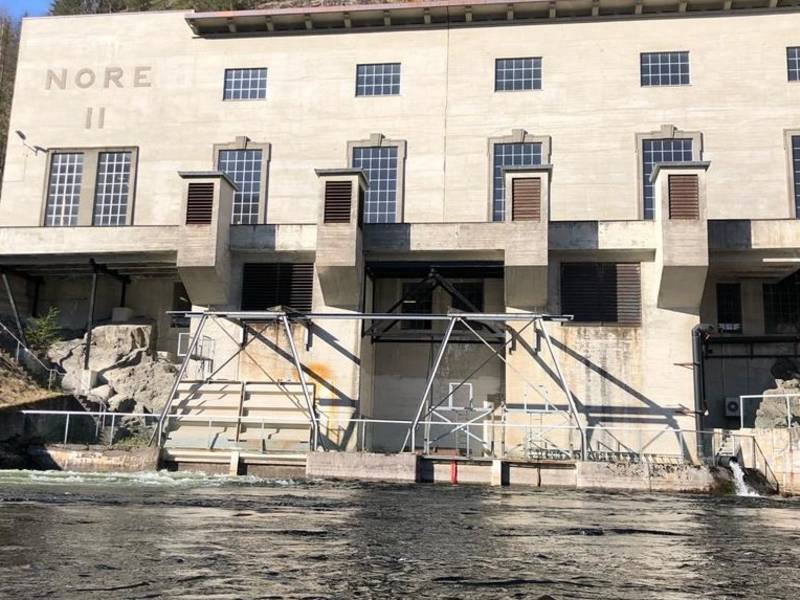


#10
The Nore II Power Station
On the west side of Nore Fjord there is a small cultural heritage area comprising of Nore Power Station II and its associated residential area. The row of identical workers houses stands out from the surrounding agricultural landscape. Work on the Nore II power station was started during the war and was finished in 1946. The power station has its intake at the Rødberg dam, from where it runs through a nearly four kilometre long tunnel down to the power station at Gvammen. The power station is still in use and 2 large water turbines produce 320 GwH of electricity annually. Above the power station you can still see parts of the trolley line that ran up to the railway. The homes for the power plant workers next to Nore II were designed by the architect Bernt Heiberg. The drawings are in the digital museum and are dated 1941. The houses were for the machinists and engineers working at Nore II and are functionally inspired. Heiberg was a prominent figure in the Norwegian architecture community throughout much of the 20th century. He designed several detached houses and villas, but his passion was for social housing. Heiberg was a keen defender of functionalism which he believed was ‘architecture for the living people’. On behalf of the Norwegian water resource Heiberg produced designs for several officials’ residences, a dentists, and an infirmary for Nore I and Nore II.






#11
Rails and Trains
The development of the Nore I power station marked the beginning of the railway in Numedal due to the need to transport materials to the power plant. The rails used on the Numedal line were produced in Europe, primarily in England and Belgium. Many had often been used elsewhere in Norway. Due to the demanding terrain, it was challenging to build a railway here, especially due to the steep gradients and sharp turns. In total 7 million work hours were put into the project and there were 1,907 men working on it. The total cost of building the line was 30,3 million Kroner. The line itself is 92,8 kms long and stretches from Kongsberg to Rødberg. In the autumn of 1927, the first locomotive rolled down the Numedal line. In the years that followed the line transported people, animals and timber. It was the original wish that the Bergen line would run through this valley and the case was taken up in 1873. However, politics and the influence of local powers resulted in the Bergen Line being laid through the neighbouring valley of Hallingdal.

#12
Geology along the railway line
The most common rocks in Nore and Uvdal are quartzite, granite, gabbro, biotite granite and mica slate. And of them granite was the preferred because it was the easiest to work with. One technique that was often used by stone masons was to wedge out the stone. If you look carefully along the railway line, you can still see the boreholes. Where retaining walls, bridges, culverts and stream and river outlets have been built you can also see drill holes in the blocks of stone. After several such holes were drilled one after the other where the stone was to be split, a wedge was driven into the holes until the stone split. The landscape around the Numedal line is also very special. When you get all the way up to Nore and Uvdal a U shaped valley will appear. The reason for this, is that during the ice age, the ice slowly but surely drilled downwards creating a U shape. It is also possible to find fossils in several locations in the mountains.


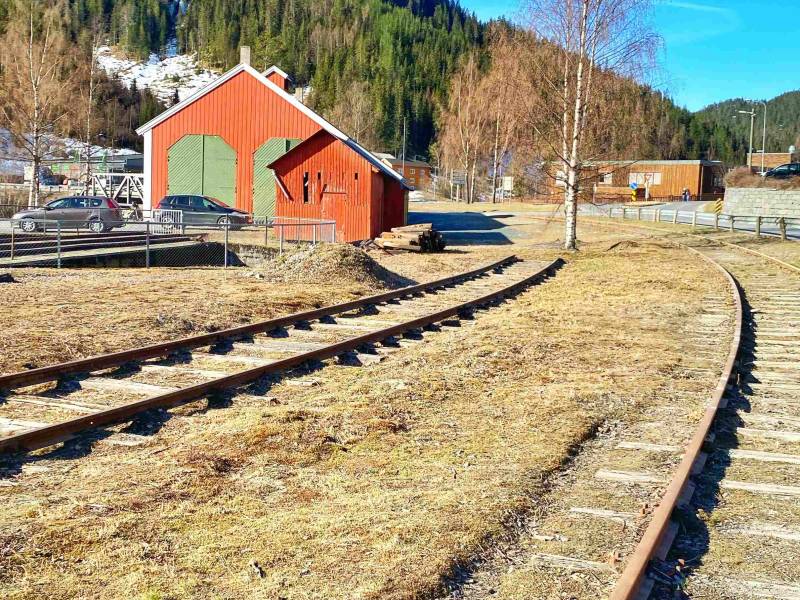


#13
Rødberg Station
Rødberg station was previously a business yard for Nore power station from 1915 until it was taken into use as a station building in 1927. It was the final station on the 92,8 km long Numedal line. The line was officially opened by King Haakon VII at Rødberg. The train journey took around two hours as the train had many stops. The line was built in order to transport materials used in the building of the Nore power station, but in the main it was used to transport people and goods up and down the valley. The station was closed down along with the rest of the line on the 31st December 1988, due to lack of use and high costs. The Numedal line was seen by many as the nicest of all the railway lines in the whole of Norway. The conductors on the line often knew their passengers, and if they had time, they were happy to drop their passengers off ‘at their door’. Today, some of the houses at the disused station are used as apartments, and the railway line is used for endurance cycling. The old station building is used by Numedal production, NUPRO, a business which offers work to people with disabilities, or assistance to people who need help to enter the workforce. The station had a turntable for turning locomotives and sheds where the locomotives stood at night. The turn table and the sheds can still be seen today.
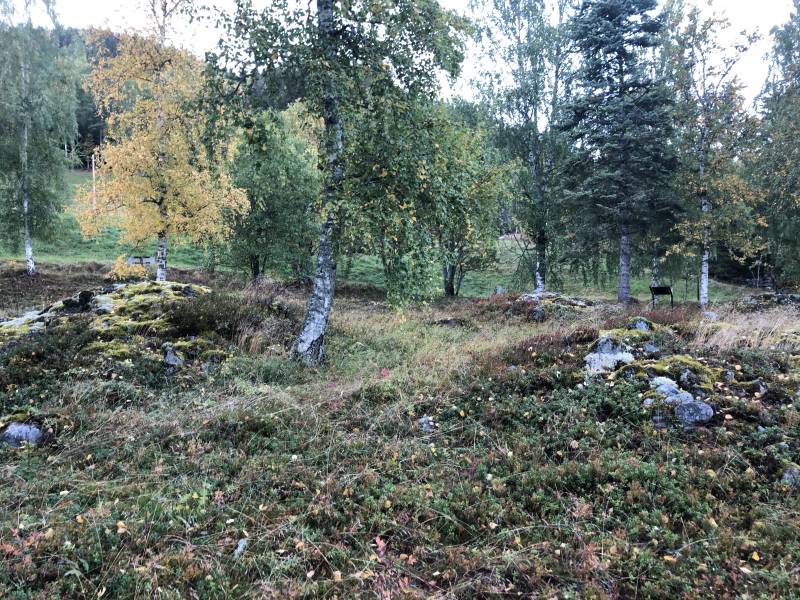
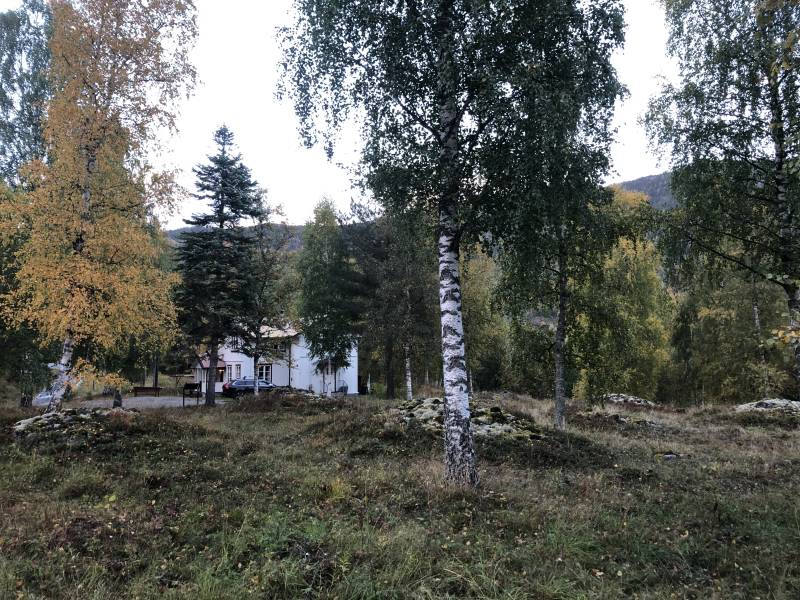
#14
Frygne Burial Site
You are now at the Frygne burial site. This cultural heritage area exemplifies the burial methods of the Iron Age from the migration time to the early Iron Age 400-1000 AD. The burial site shows that there was an established Iron Age Community in Nore from the migratory time it also shows that it was important for the people living on the farm in Frygne to show their clan affiliations by erecting marked burial mounds. It is likely that they were in use for generations after the early Iron Age. The Burial area contains around 30 mounds, one oblong and the rest of them round. 20 of the mounds are on the flat and the rest on a slope. The mounds are made of medium and small rocks with pebbles in between. It is natural to connect the location of the burial mound with the traffic passing over the Hardanger plateau in ancient times. At that time the south ‘Normannsslepa’ path ran over the mountains above Frygne and the old mountain road between Nore and Tinn also ran past this site. A well-preserved burial area with so many burial mounds is unusual in Buskerud and makes this an important regional cultural heritage area. The burial site is automatically protected. Associated to the Frygne Farm is a story about the Frogner Farmers’ grain barrels. According to the story, which may have elements of reality, this was a rich and powerful farm, but a land slide destroyed large parts of the agricultural land and the farm lost its importance.
